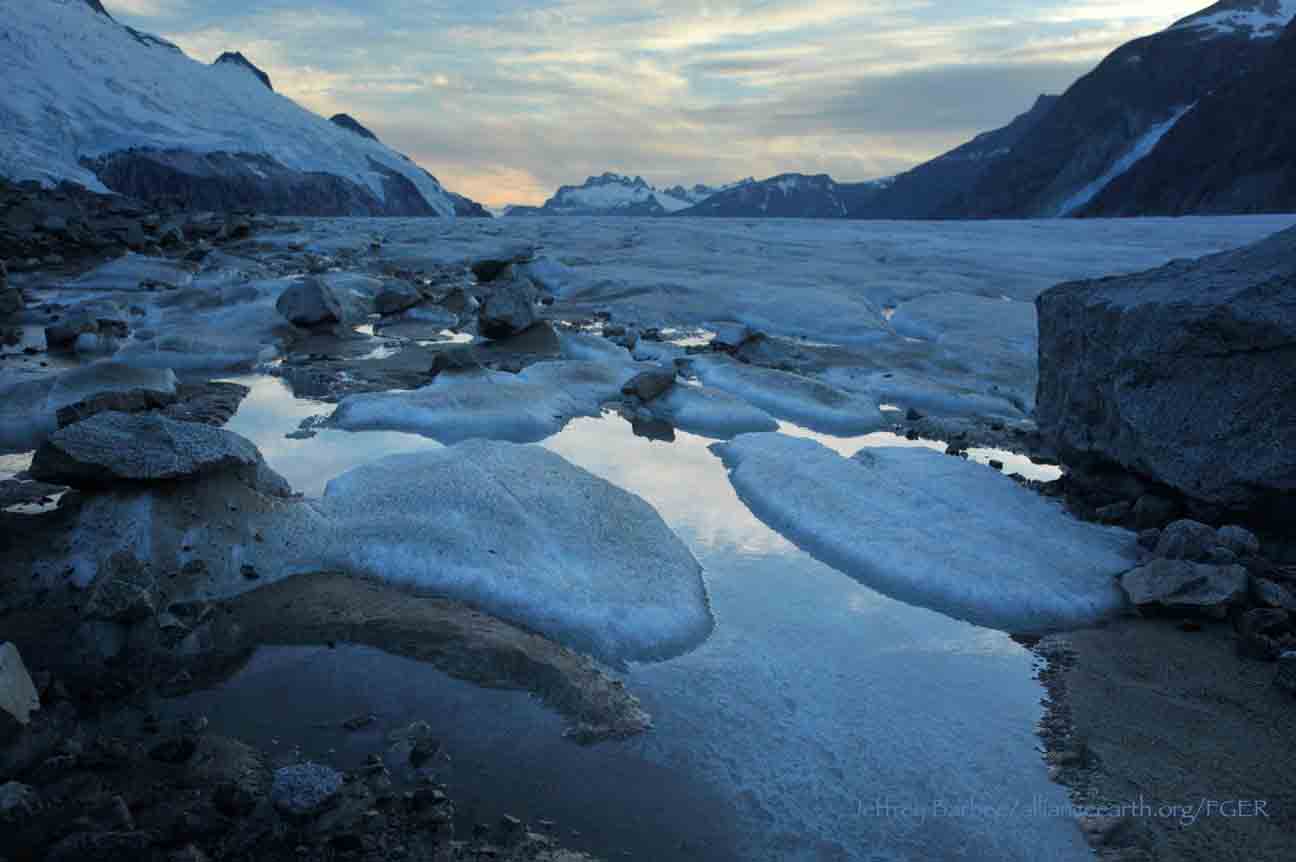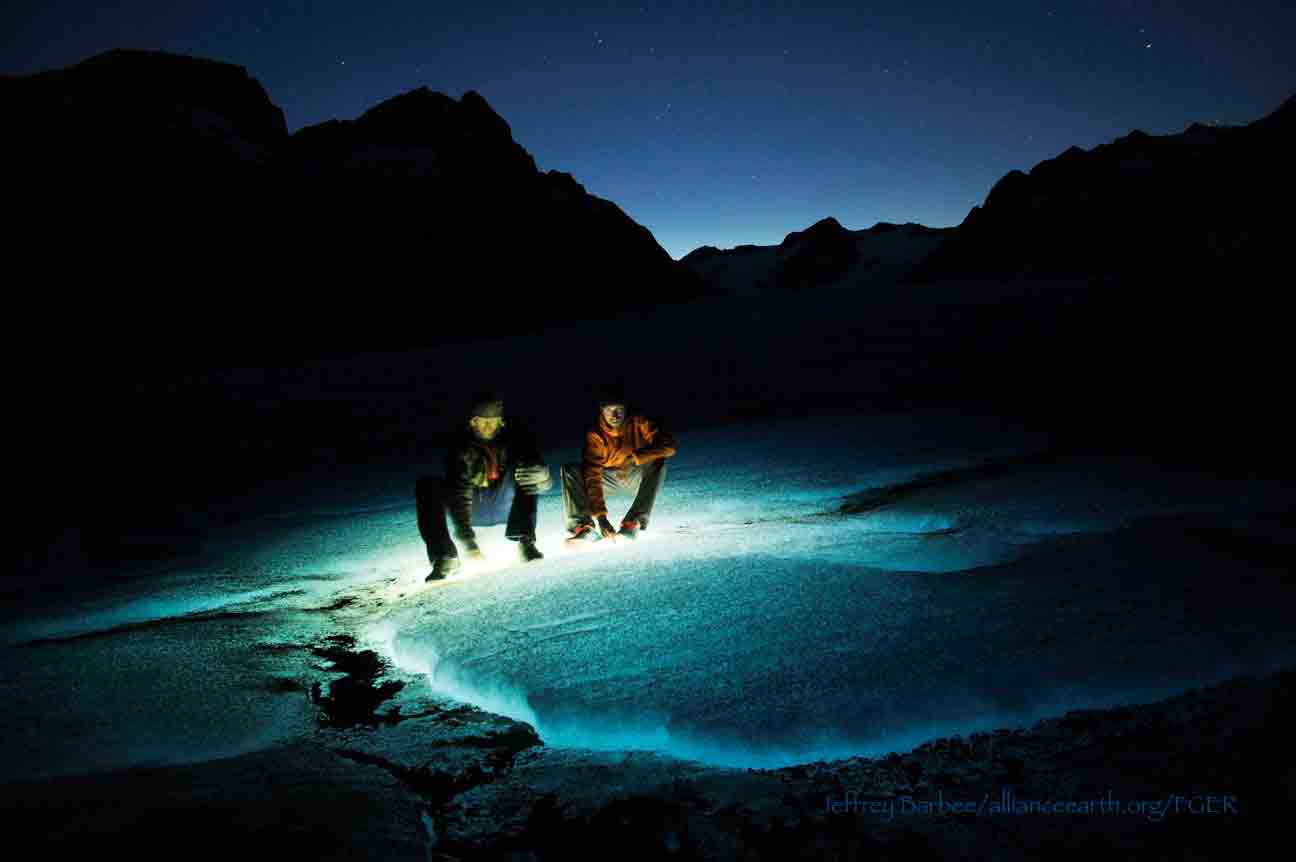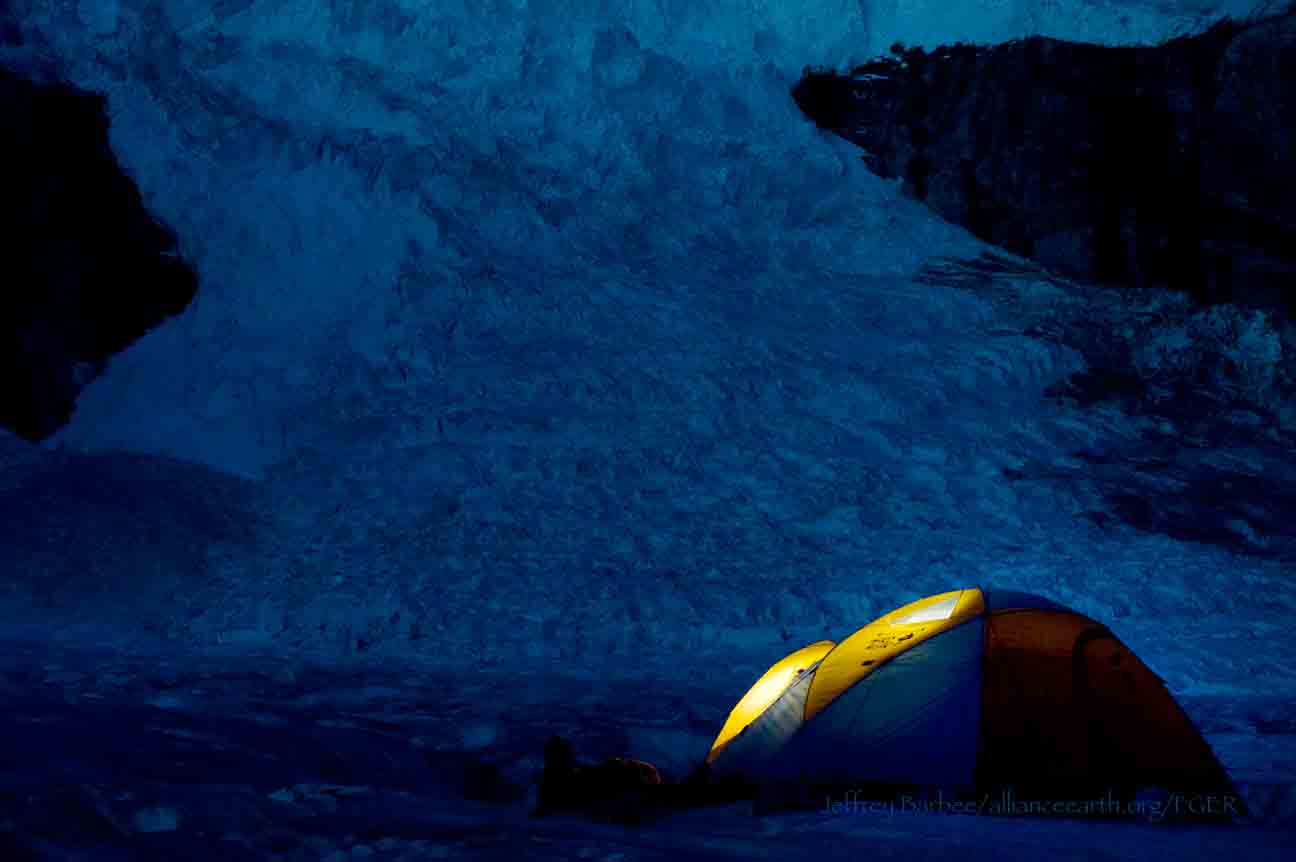While stars are pretty, that is not what we outside slumberers dream to see. What we really want to see are the solar particles colliding above Earth’s atmosphere attracted by the magnetic field. This fantastic display of collisions is responsible for the light that we call the Aurora Borealis in the Northern Hemisphere and the Aurora Australis in the Southern Hemisphere. The different colors are dependent on the type of particles interacting and the altitude. The sun emits electrons which interact with either Nitrogen or Oxygen. The collisions (and hence the aurora) are most prominent closer to the poles as this is where the magnetic fields converge, creating the greatest pull for the electrically charged particles emitted from the Sun.
So if you are a good aurora hunter, what do you have to look for? The probability of the collisions happening in the winter is no greater than in the summer. The largest difference is that during the winter you have 12 + hours of darkness, which gives you a greater chance of observing the light show. We are only just creeping into true darkness as we enter August, so the Sun, which is ironically the source of the particles, is also producing light which is brighter than the light of the aurora. The Sun has decided to help us out though! The Sun is climbing out of its 11 year cycle from a solar minimum – or minimum amount of solar activity. As the Sun becomes more active, it will send more particles into the Solar System, increasing the chance of an interaction in Earth’s atmosphere. So if the stars alight for us and we get a clear night, with high solar activity, we may be lucky enough to see this dazzling display of lights. Keep your fingers crossed readers and you two will get to vicariously live through the wonder of the aurora in another blog post full of aurora pictures or videos.
While I have watched with enthusiasm as the faces of my students light up when I show them YouTube videos of aurora, I hope that I may be lucky enough to record my own video or describe the lights personally back in the classroom. I love teaching physics, as I find that knowing the science behind the phenomena of the natural world only makes it more beautiful.







